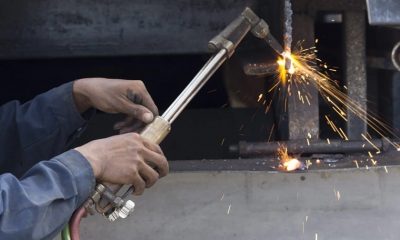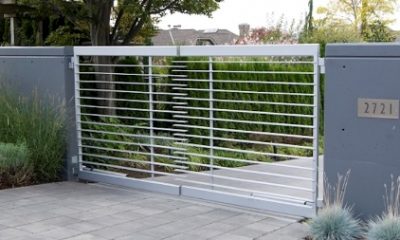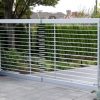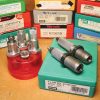Industrial Equipment
Mastering Precision Grinding: Benefits of Rotary Burr Cutters
Metal fabricators, tradies, and even ordinary hobbyists rely on handheld rotary die grinders for everything from cleaning up welding joints to cutting and shaping stones. Unlike regular handheld angle grinders, or fixed bench or belt grinders, die grinders are made especially for removing incremental amounts of material; and the fact that they’re compact makes them the perfect tools for working in areas, and at angles, that would otherwise have to be painstakingly filed or finished by hand.
As impressive as the various flex shaft and rotary grinding tools themselves are though, it’s the grinding burrs (sometimes called rotary files) on the working end that make all the difference. From soft wood and plastic, to steel and cast iron, it’s burrs that give grinders the edge in power and precision over standard cutters. Burr-type bits offer 3 amazing benefits that standard cutters don’t have, and once you know them, it’s easy to fine-tune your cutting and clearancing efforts to take full advantage of them.
The Advantages of Using High-Speed Rotary Burrs
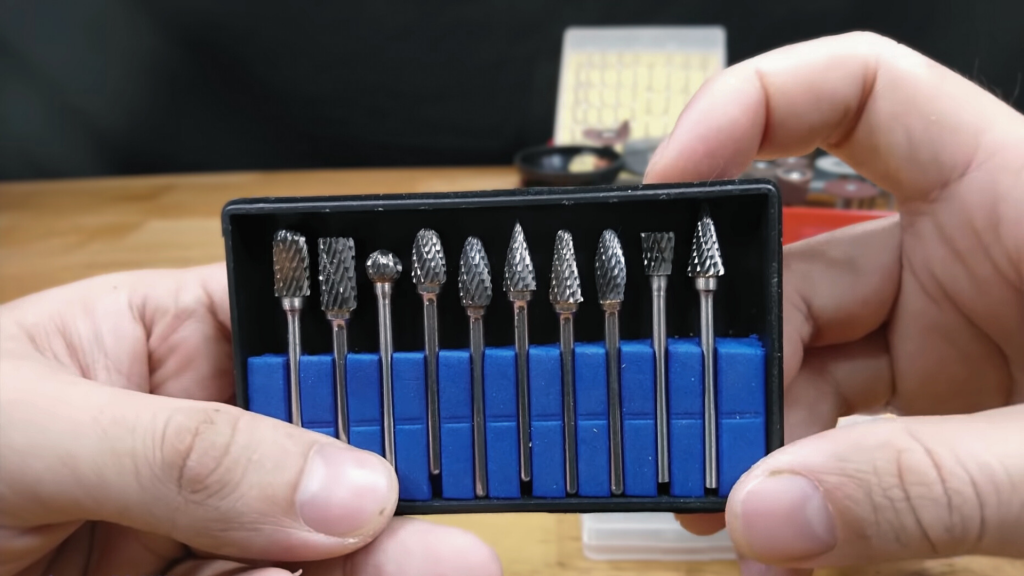
The design and engineering that goes into modern rotary burr cutters incorporates 3 crucial factors that ordinary cutting tools, even purely portable ones don’t have:
- They work well at higher speeds. With the ability to perform clean, precise cuts at speeds exceeding 30,000 RPM, the variable adjustments that are possible with rotary grinders help make rotary burr bits suitable for use on a wide range of substrates.
- They’re extremely hard. As is the case with premium quality carbide, and diamond burrs, their extreme hardness allows users to undertake finer, more intricate cutting duties without chipping their burrs or ruining their working pieces.
- High heat resistance. Grinding tool faces can quickly heat up, warp, and ultimately fail; however, professional die grinder burrs, especially burrs made from tungsten carbide, are engineered to withstand persistent use at higher temperatures.
And while these are good characteristics for most types of high-quality cutters, it’s the combination of these attributes with portable convenience that gives these very unique die grinder bits the advantage when it comes to:
- Added capacity to work on a broader range of jobs of different sizes, and from differing angles;
- A reduction in wear and tear, and subsequent costs to replace rotary burrs, or to conduct maintenance on powered grinding tools; and,
- Improved worker, and working piece protection by reducing vibration that could muscular injuries or damage.
These are small benefits that add up quickly, but they don’t end here, though. To fully understand just how flexible rotary files and burr bits really are, you need to be aware of the different types, and you also need to be able to recognize how their differences can impact the job that needs to be done.
Recognizing Which Burr Types Will Give You the Best Result
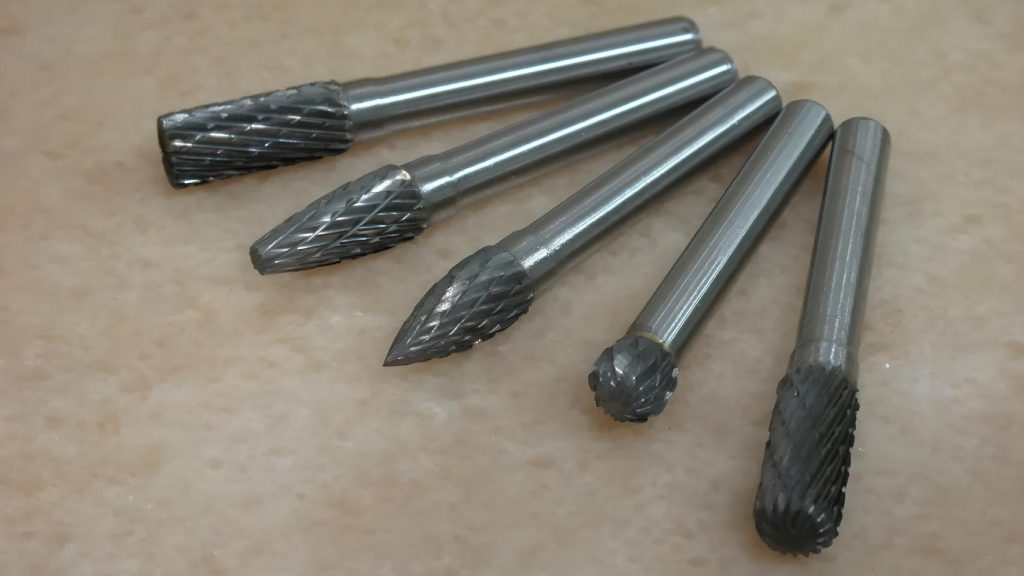
Although it’s easy to reduce the distinction between burrs and bits to a matter of semantics, there’s no confusing the 3 main types of rotary burr cutters.
- HSS (high-speed steel) cutters. Composed largely of molybdenum and cobalt mixtures, an HSS burr cutter is ideal for high-speed/high-temperature grinding activities where they can be used extensively, and economically re-sharpened or replaced.
- Carbide cutters. High tungsten-content carbide burrs provide the optimal combination of both high and low-speed cutting, heat resistance, and surface finishing qualities.
- Diamond cutters. Diamond burrs are available in a range of grits, and are favoured for rough grinding, and stripping down and shaping substrates.
The type of die grinder burr that’s needed is going to be determined by the operation it’s being used for. Production environments that ordinarily utilize pneumatic tools for finishing large volumes of the product will prefer the cost and performance benefits that HHS burrs have to offer, while specialized jobs that rely on a wider range of working RPMs with smaller and more agile tools are better served by a diamond, or carbide burr cutter.
The actual profile (cut) of the rotary file also makes a difference when choosing burrs. There aren’t many, but knowing them is an important step in choosing the right size and shape of burr that’s needed for each unique job.
Single- or Double-Cut Burrs: The Difference is in the Spirals
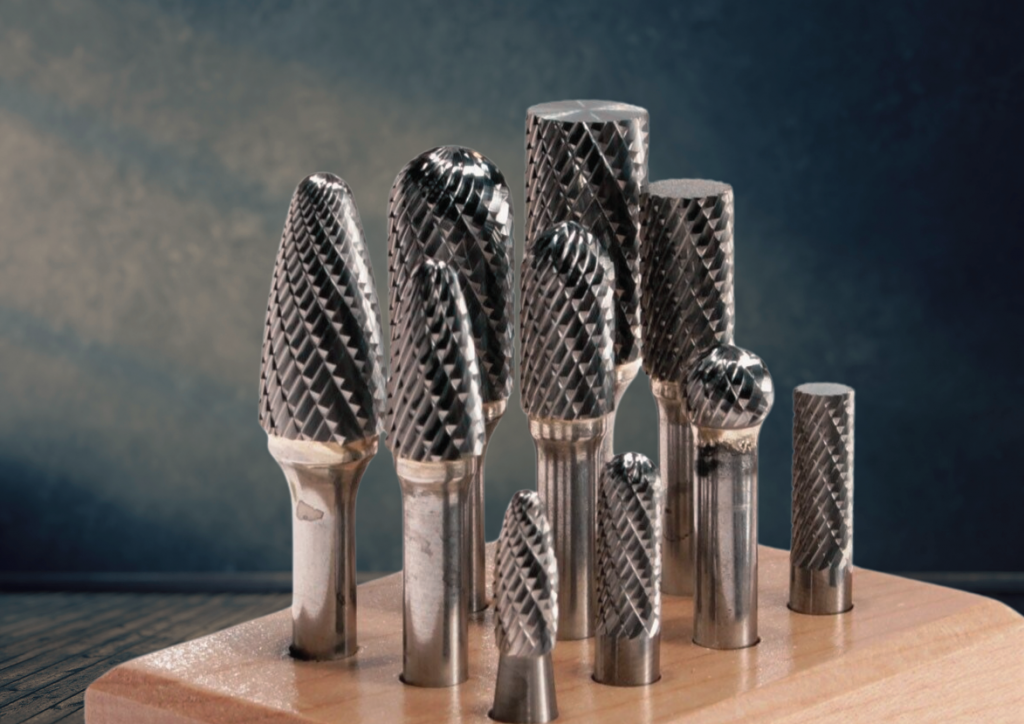
There are only 2 main rotary burr tool cut types, single-cut and double-cut; but depending on the desired workflow, or the type of finish that’s required, the cut will have a major impact on the choice of burrs.
Single-cut burrs. A single-cut die grinder bit uses a one-fluted spiral burr that’s optimal for removing material from ferrous metals like cast iron, or stainless or hardened steel. Single-cut carbide burr cutters are the overwhelming preference for machine shops and fabricators because they’re especially useful for jobs that include:
- Milling and cutting heavy stock;
- Deburring and clearancing; and,
- Creating long chips.
Double-cut burrs. A double-cut rotary burr cutter has two fluted spirals that rotate in opposite directions and are commonly referred to as either diamond-, or cross-cutters. Their additional flute not only makes them easier to control, but is ideal for light and medium material removal jobs, such as:
- Light milling and deburring;
- Surface cleaning and finishing; and,
- Creating smaller chips.
Double-cut carbide die grinder bits are also the best choice for working on metal, and non-metal substrates. That means regardless of whether it’s removing flash from a freshly welded length of the custom stainless steel exhaust pipe or shaping a plastic mould, when it’s time to buy die grinder bits, these are the ones you want.
The Final Word
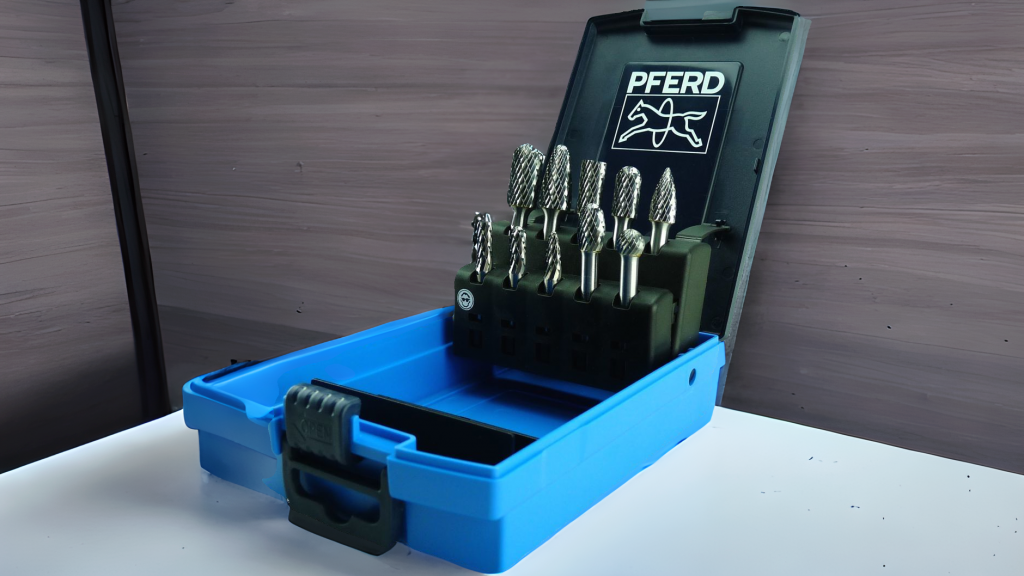
At the end of the day, while cutting tools like routers and angle grinders are irreplaceable when it comes to heavy material removal, they simply can’t perform the precision clearancing and finishing work that high-speed pneumatic, and flexible shaft rotary tools can. They still need the right grinding burrs to deliver their best performance though, because there’s a real risk of ruining a working piece when you use an insufficient burr.
No matter which type of work you’re doing, modern rotary burr cutters are the right choice when it comes to clean, high-speed grinding. They have all the qualities and benefits you need to get the best results every time.
Writing for the blog since 2012, Chris simply loves the idea of providing people with useful info on business, technology, vehicles, industry, sports and travel – all subjects of his interest. Even though he sounds like quite the butch, he’d watch a chick flick occasionally if it makes the wife happy, and he’s a fan of skincare routines though you’d never have him admit that unless you compliment his impeccable skin complexion.

